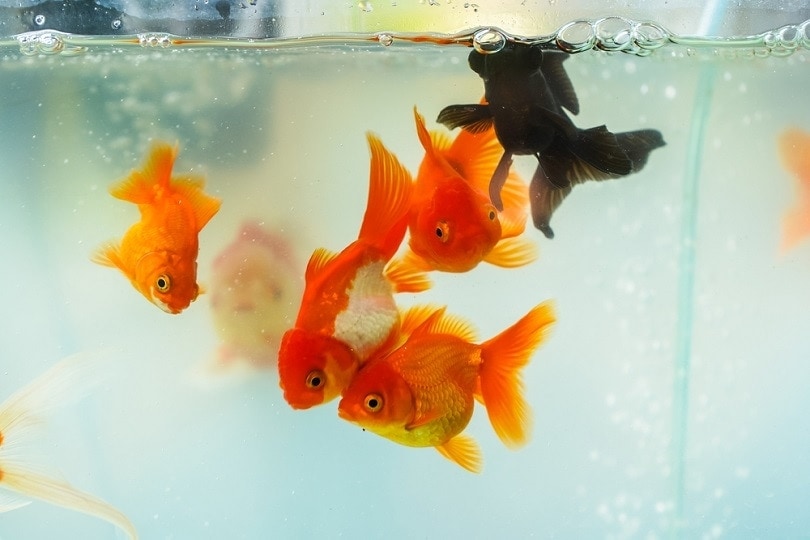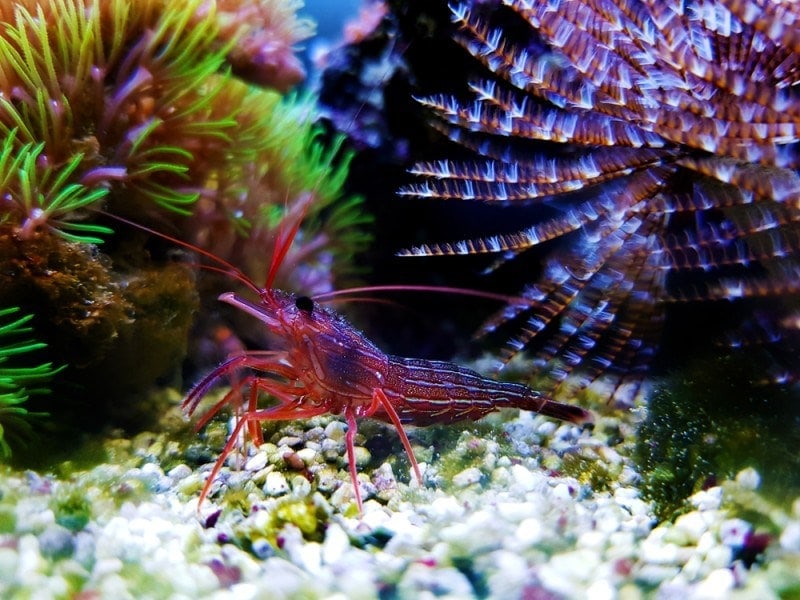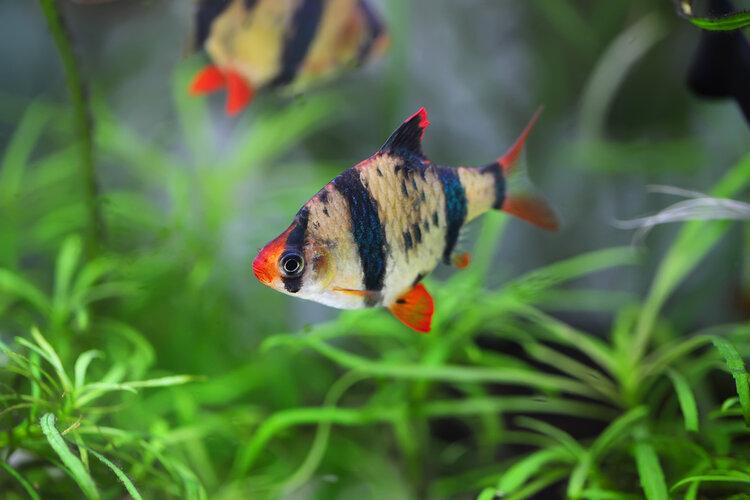7 Best Plants For Nano Aquariums 2024 – Reviews & Top Picks

Updated on
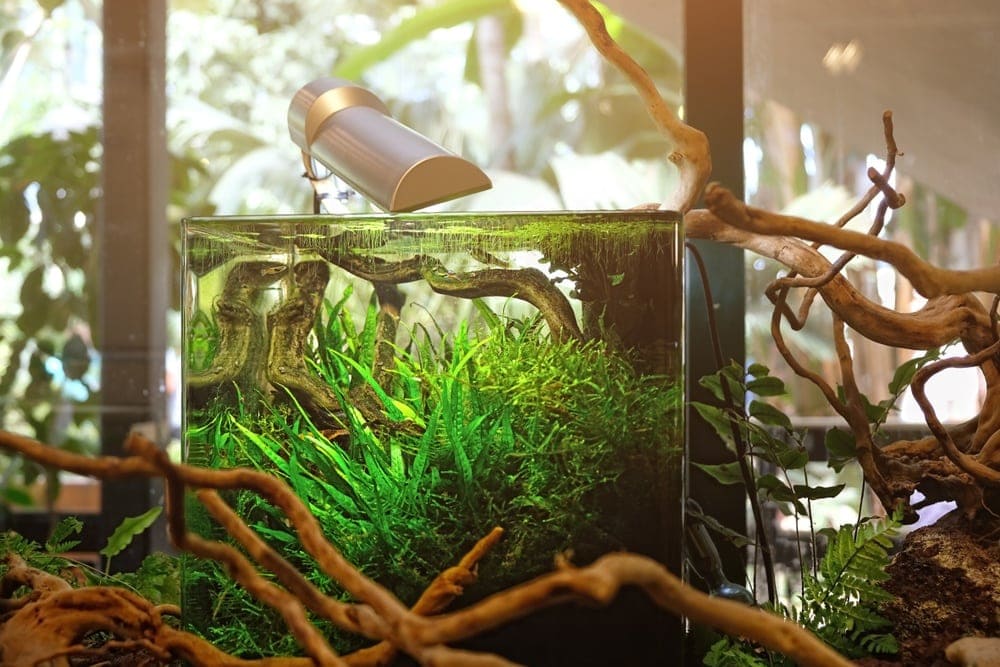
If you are looking to start a nano aquarium, there are a few things that you need and several pieces of info that you need to be aware of. In case you didn’t know, a nano aquarium is a miniature-sized aquarium, usually only 1 or 2 gallons in size, but sometimes up to 4 gallons.
Just like other aquariums, these nano tanks have plants and often have fish too. We are here right now to try and help you find the best plants for nano aquarium (this is our top pick). We made sure to go with plants that stay small, don’t need much maintenance, are fairly hardy, and look nice too. let’s get right to it!
 A Quick Look at our Favorites of 2024
A Quick Look at our Favorites of 2024
| Rating | Image | Product | Details | |
|---|---|---|---|---|
| Best Overall |

|
Staurogyne Repens |
|
Check Price |
| Best Value |

|
Anubias Nana Petite |
|
Check Price |
| Premium Choice |

|
Greenpro Dwarf Hairgrass |
|
Check Price |

|
Bolbitis Heudelotii |
|
Check Price | |

|
Dwarf Baby Tears |
|
Check Price |
The 7 Best Plants For Nano Aquariums
Here we have a selection of the seven best plants for nano aquariums. Each of the below options is quite different from all the others. Our aim here is not only to tell you about nano aquarium plants that are strong, easy to care for, and beautiful but to provide you with a nice selection of them too.
Let’s get to it and look at some of the best plant options for your nano aquarium.
1. Staurogyne Repens
This is one of the best aquarium plants for nano tanks around. Staurogyne Repens comes from the Amazon River and surrounding areas where it grows in between rocks in fairly fast-moving water.
This is a convenient plant because it grows both when submerged and above the waterline too. This is a very low and compact plant, one with green stems and green leaves. It makes for a nice foreground or mid-ground plant (You can buy Staurogyne Repens here).
It is a good option for nano aquariums because it does not grow too fast. Also, it tends to grow outwards to form a carpet, instead of growing in height, something you don’t want for a nano tank. It can grow up to 10 cm in height but is easily kept shorter than that. Also, it will grow to 5 to 10 centimeters in width. It is a good plant to put in bunches because when it is well trimmed, it will form a nice carpet.
The Staurogyne Repens is fairly easy to care for, or at least it is very hardy. It doesn’t do too bad in varying water conditions, but it does grow best when you stick to certain parameters. This stuff does like a whole lot of light, plus does well with CO2 injection as well.
The substrate should be fairly soft and compact, plus rich in nutrients. Adding fertilizer to the water will help too. A temperature between 68 and 82 degrees Fahrenheit, with a pH level between 6 and 8 will do just fine. Water hardness should be kept between a DH level of 2 and 3.
2. Anubias Nana Petite
Yet another really good plant for your nano aquarium, the Anubias nana petite is like the dwarf version of the normal Anubias nana plant. It features long roots that are great for digging into the substrate and sticking to rocks and driftwood. It has small rounded and green leaves that form in little clusters based around the stem.
These things have a very dense leaf and growth structure. In other words, while they are very small, they are not a carpet plant, but they do make for a good foreground or mid-ground plant nonetheless.
This is a really small plant that will grow no larger than 5 cm in height. This is one of the reasons why it is great for nano aquariums because it does not grow fast and therefore does not need too much maintenance.
The fact that it does not grow fast and does not get very big makes it ideal for small tanks like nano aquariums. Many people like the Anubias nana petite because it does not take very much work to keep it alive.
In terms of temperature, the Anubias nana petite likes the water to be between 65 and 85 degrees Fahrenheit. When it comes to water acidity, a pH level between 6.5 and 7.5 is ideal. This plant does not require much sunlight, which is always nice.
This particular version, the link we provided, comes complete with a small piece of driftwood that the plant is attached to. This makes placement easy, but it also means that the roots are not in the substrate, so you need to add nutrients to the water.
3. Dwarf Hairgrass
This is another neat plant to keep in a nano aquarium. Dwarf Hairgrass will grow to a maximum size of 4 inches tall, which makes it ideal for really small tanks. It is also a very slow-growing plant, something else that makes it more than ideal for nano aquariums.
It features thin, long, and green stems, kind of like grass, with a red, yellow, and purple flower that blooms at the top. This is often considered one of the more beautiful plants for nano aquariums.
It is a really good foreground plant to go with as it will never get too tall, especially if you trim it regularly. It can be easily propagated and placed at various points to form a fairly thick carpet. This stuff does require a moderate amount of lighting for good health.
As well, some CO2 and good fertilizer are a must. Dwarf hair grass needs to be rooted in a good substrate as it feeds through its roots. Other than that, this plant is fairly low maintenance, making it a good option for beginners.
4. Bolbitis Heudelotii
This plant is often referred to as the African water fern, which we will be doing from now on because spelling that scientific name too many times is a headache waiting to happen. This plant comes from tropical regions of Africa, especially near The Congo and other places with lots of rain forests. It tends to grow in clean and acidic waters, attached to rocks and wood, and submerged underwater. It’s a fairly beautiful plant too.
The African Water Fern features long, green, and semi-translucent leaves, with the leaves being arranged in an alternating pattern. This plant is not the very best for nano aquariums as it has leaves that can grow to 40 cm long and 25 cm wide.
However, a couple of leaves should not be a big deal, especially if you trim them regularly and keep this plant fairly small. It is not a fast-growing plant so that always helps. It is best used as a mid-ground plant, kind of like a centerpiece.
The African water fern is a good plant for beginners as it is fairly hardy and easy to care for too. It can be rooted in a good substrate but does best when attached to a rock or piece of driftwood. It does like a lot of nutrients, so adding some fertilizer and CO2 to the water is a big deal.
This plant grows the best in high light conditions, in water with a temperature between 68 and 82 degrees Fahrenheit, with a pH level between 5 and 7, and a water hardness level between 4 and 12.
5. Dwarf Baby Tears
Dwarf Baby Tears are also known simply as Cuba or pear grass. It makes for a good foreground plant and an even better carpet plant. It can form a dense and dark green carpet when left to grow properly.
As the name of it implies, this plant is native to Cuba, mostly to the east side of Havana. In terms of size, this is currently the number one smallest carpeting plant that you can get for a nano tank. It tends to grow in rocky rivers during the drier seasons.
This plant features short green stems that are fairly thick for their small size. Also, it features little, rounded, and soft green leaves that look quite beautiful. It will not grow any taller than 3 cm, but it will grow to a width of 10 cm, making it ideal for carpets.
Its growth rate is fairly moderate, also making it ideal for smaller aquariums. It is recommended that you plant it in clumps a few inches apart so they grow together to form a nice carpet.
Now, one of the things to keep in mind here is that this plant is fairly high maintenance. It needs a lot of nutrients, it needs good nutrient-rich substrate, clean water, and a heck of a lot of light, plus some CO2 injection won’t hurt either.
The temperature of the water should be between 68 and 82 degrees Fahrenheit, with a pH level between 5 and 7.5, and a water hardness level between 4 and 5. Don’t be rough with this plant because it is not the hardiest or most resilient plant around.
6. Cryptocoryne Parva
More or less, if you are wondering what this plant looks like, it looks like a mix between the grass on your lawn and cat grass, with the clear distinction that this stuff grows underwater. It features long green leaves.
That’s about it. This plant comes mainly from central Sri Lanka where it tends to grow in wetlands, marshes, and swampy areas. Most people would agree that Cryptocoryne Parva is one of the best plants to have in a nano aquarium.
It will grow to around 10 cm in height if let it, which might be a bit tall for a nano aquarium. However, for one, it is really easy to trim, and second, it has an abnormally slow growth rate, something which does make it ideal for nano aquariums. Luckily, the Cryptocoryne Parva is quite easy to care for as long as you get the conditions rights.
To make this plant grow well, it should have moderate to high lighting. Keep in mind that a ton of light will accelerate growth, something you probably don’t want for your nano tank.
The water should be between 65 and 84 degrees Fahrenheit and have an acidity level between 6.5 and 8 pHs. This is a rooted plant, so you should aim to provide it with a really good, thick, and nutrient-rich substrate.
7. Rotala Indica
Rotala Indica is better known by its not-so-scientific name, Indian tooth cup. This plant comes from many Asian countries including the Philippines, China, Sri Lanka, Vietnam, Japan, and of course India. More or less, anywhere there are lots of rice paddies, you are bound to find this plant.
This plant is a rooted plant with stems that emerge from the water’s surface, thus making it a plant that is only partially submerged. Keep in mind that this is a fragile plant, so don’t keep it with overly active fish.
This is a nice-looking plant for a nano tank, with long green stems, and red and pink leaves. The leaves are arranged in perpendicular pairs from top to bottom. The leaves can be up to 3 cm long, and in fact, this whole plant can grow up to 60 cm in height.
However, it is a very slow-growing plant, one that can be easily cut down to size. It is known to grow outwards a little bit, but not too much. It is a plant best used for mid-ground and background decoration.
What is good about the Indian Tooth Cup is that it can grow in and adapt to most water conditions. The substrate should be fairly rich in nutrients, as this thing feeds mostly through its roots.
This plant does require CO2 injection, fertilizer, and it needs a heck of a lot of light. It also requires the water temperature to be between 72 and 82 degrees, with a pH level between 6 and 7.5. All in all, the Indian Tooth Cup is not an overly difficult plant to care for.
 Nano Planted Tank Aquascaping Tips
Nano Planted Tank Aquascaping Tips
If you want some tips on aquascaping your planted nano tank, you have come to the right place! Let’s help you make your planted nano tank look as beautiful as can be!

What Do You Want?
Figure out what you want from the aquascape first. Some people want jungles, some want mountains, some want reefs, grasslands, and so on. Before you do anything, you need to decide what kind of aquascape you want. This will dictate what kind of plants and fish you put in the tank.
Perspective
Some people like to plant the smaller plants at the front, with the larger ones at the back. This is how normal aquariums are usually set up. However, this doesn’t always look too good in a nano aquascape. So, you should try putting plants with smaller leaves in the front and larger leafed plants in the back. It sounds odd, but it helps add some cool perspective.
Many people try to create some kind of vanishing point, like a tapered runway from the front of the tank to the rear. This can help add some depth to the equation. It is also a good idea to have some rocks or something raised higher up, such as something that simulates a mountain or ridge. This will help add a lot of depth and multiple cool viewing angles into the mix.

Fast Or Slow?
When it comes to the plants, you need to decide if you are in this for the long haul or not. Do you want plants that grow, bloom, and potentially die fast, or do you want slow-growing plants with a long-lasting development?
Tank Conditions
Always remember that plants need light. Some need less and some need more, but you need to choose plants that work well with each other. A lot of light for one plant might not be enough for another.
Also keep in mind the pH, water hardness, and temperature of the water are all factors to consider. You can’t have plants with greatly varying living requirements.
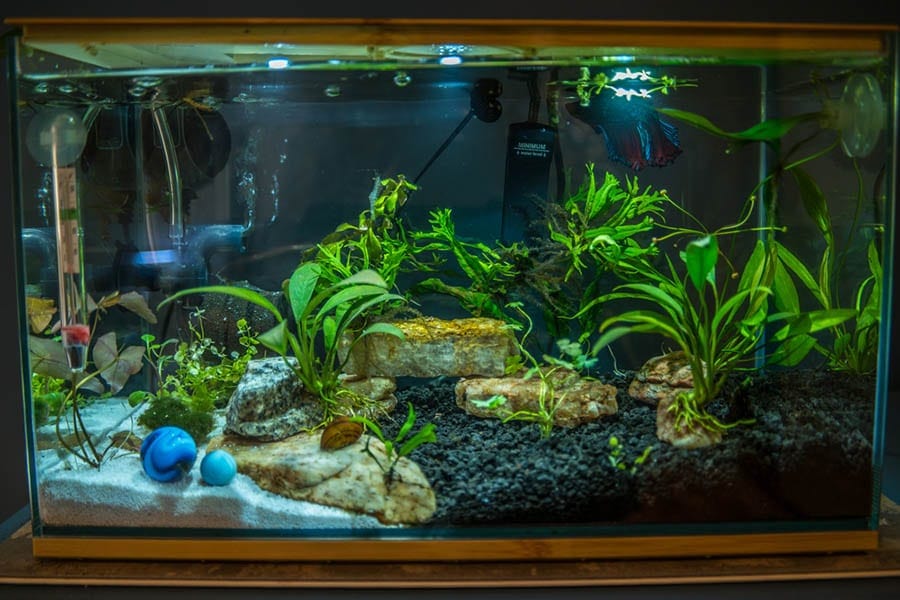
Filtration
If you are going to have fish in the tank, make sure they will not eat the plants, or else your aquascape will be quickly ruined. Also, in terms of filtration, a purely planted tank doesn’t need much filtration, only a little bit.
However, with fish in the tank, you will need to provide filtration, and maybe even oxygenation.
Substrate
It is recommended that you go with a fine grain substrate. Plants don’t do too well in really coarse and big gravel. Since this is a planted tank, you don’t want that kind of substrate. Something dense that is good for plant roots, plus something with lots of nutrients is ideal.
 Conclusion
Conclusion
The best nano aquarium plants are the ones that you like the most, look the best, are easy to care for, and are not so large that they take over the entire tank. Remember folks, this is supposed to be fun and the results will be awesome, so put some thought into it and take your time before you get started.
Related Read:
- Best Small Fish Tanks in (Nano Tanks) – Reviews & Top Picks
- Best CO2 Systems for Small Aquariums – Reviews & Top Picks
Feature Image Credit: ju_see, Shutterstock
 A Quick Look at our Favorites of 2024
A Quick Look at our Favorites of 2024









